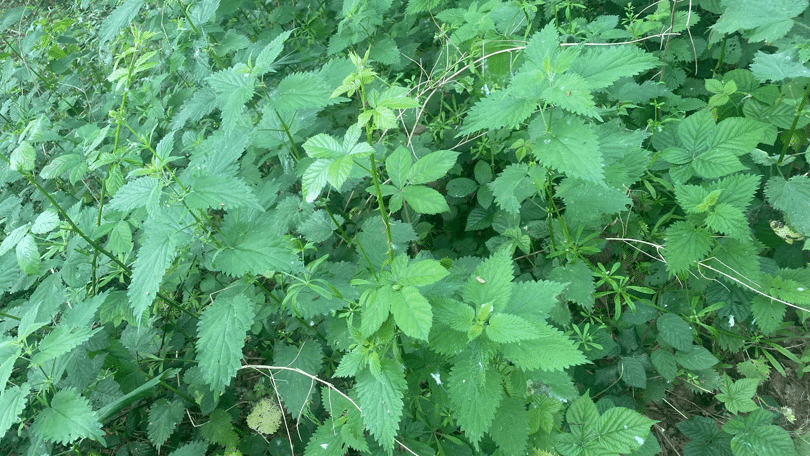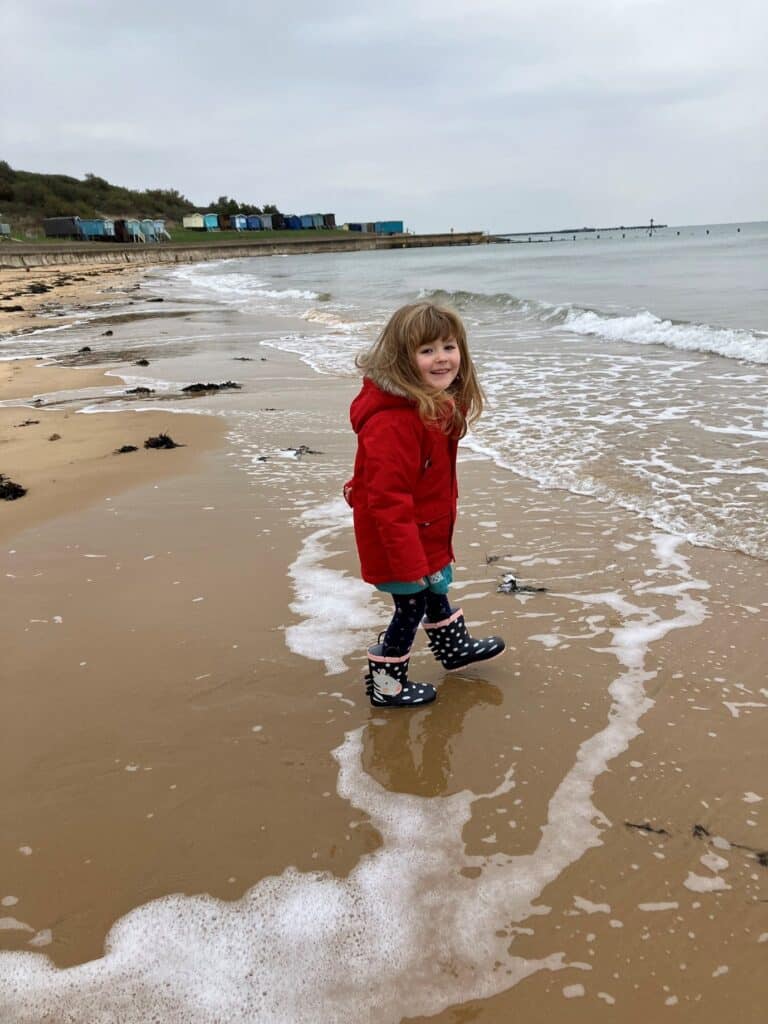What is nature play?

Young children love to be outdoors and they usually head to a garden, playground, or park. These places are well-kept, with trimmed grass, cleared weeds, and tidy equipment. These spaces are great for children to play, run around, take risks, and develop their senses.
But ‘outdoor play’ isn’t always the same as ‘nature play.’ Maintained parks and gardens while brilliant, aren’t usually where wildlife thrives, so children don’t get to experience nature in its true form.

Nature play happens when your child interacts with nature in more natural settings like woods, the seaside, or a heath.
These places let nature thrive with minimal human interference. In nature, your child might face small dangers like getting stung or scratched, falling, or tripping. They will also learn to respect the environment and become one with it.

Your child can learn they need to be quiet to see animals, watch carefully, and stay alert for dangers like insects or thorns.
They also learn which plants are safe to touch (like heather) and which to avoid (like nettles) – in a 2019 study, 50% of children aged between 6 and 16 could not identify a nettle or other common British plants.

By being in nature, your child (and you as the adult) create nature connectedness, which is simply our connection through our experiences to the natural world.
Your child will experience being in nature differently than yourself – being shorter, they can peer into bushes or hedgerows, and things smell and sound different closer to the ground.

Top tips:
- Develop your child’s ecological awareness: walking through the woods is a highly sensory activity for your child as it deepens their connection to nature and will support them to recognise and care for the biodiversity in their area
- Enhance your child’s understanding of the natural world: a conversation you can introduce to your child is the importance of being mindful of the damage just walking through a wood can cause, like soil erosion and plant and habitat damage
- Give your child a good balance: places where they can be with nature, and nature playgrounds where they can explore nature without impacting local biodiversity, such as sand and mud pits for digging, logs or trees for climbing, and gardens left for wildflowers
